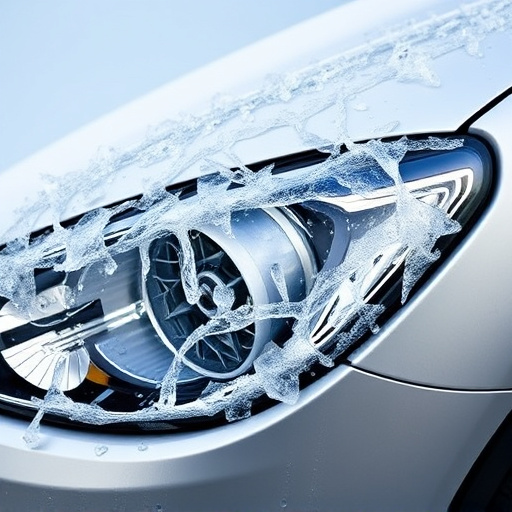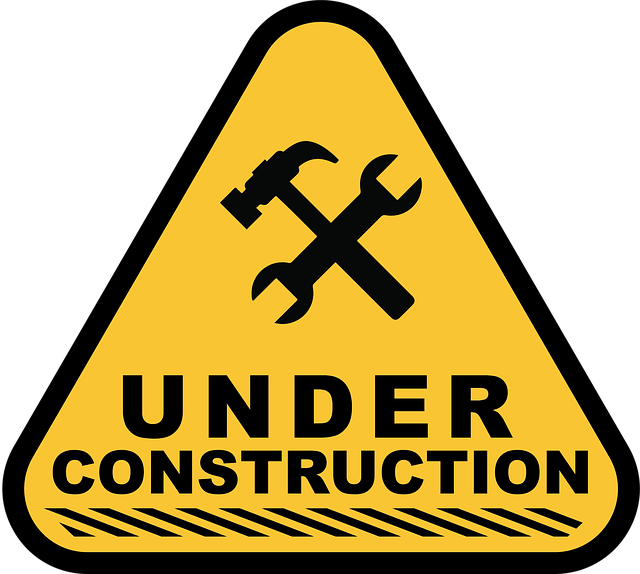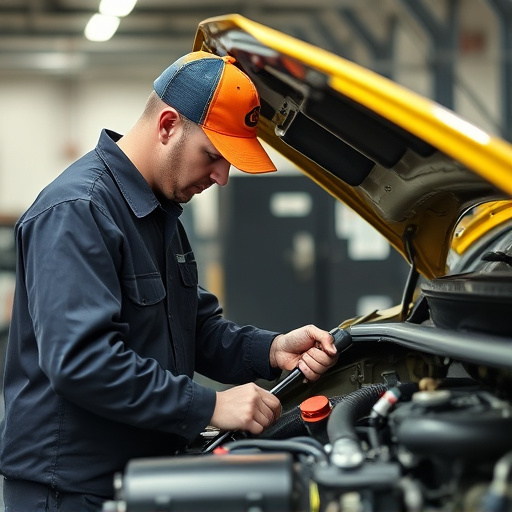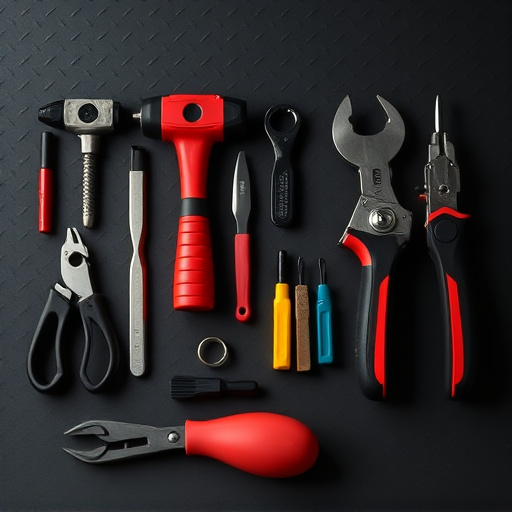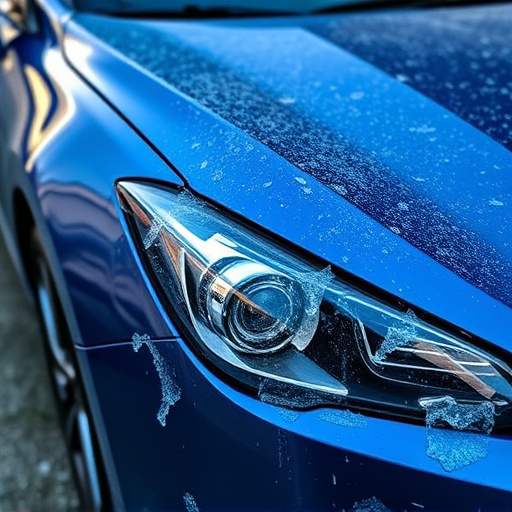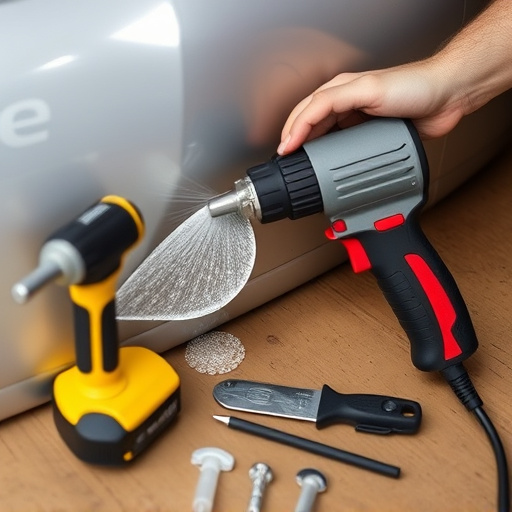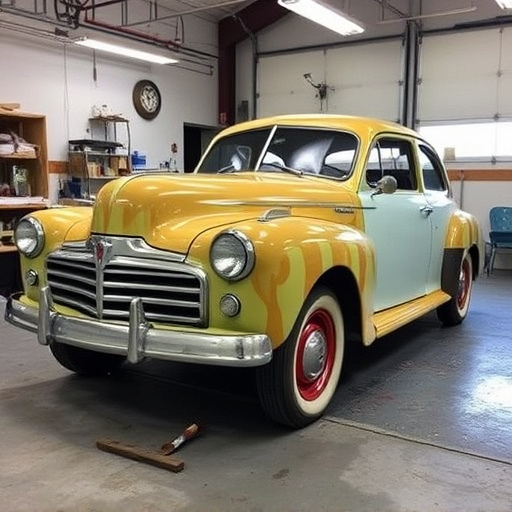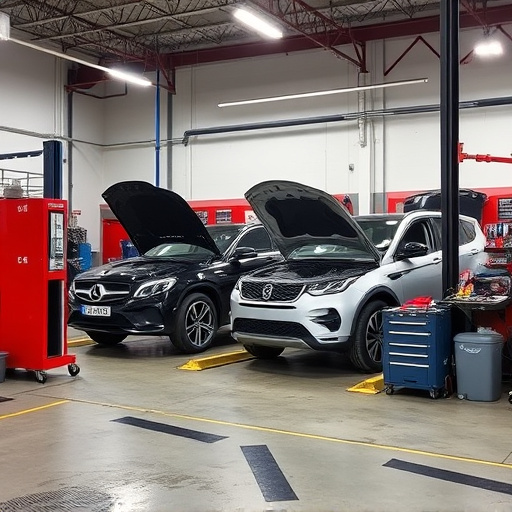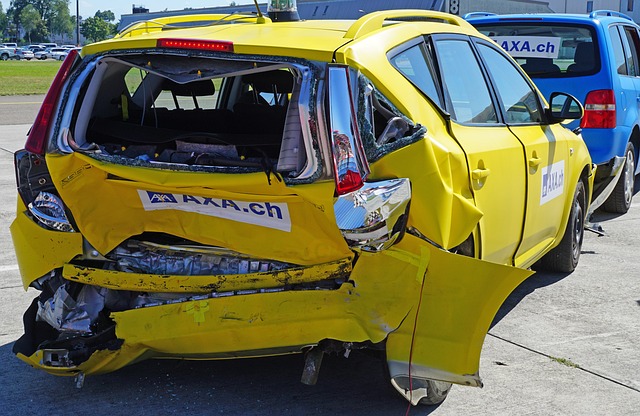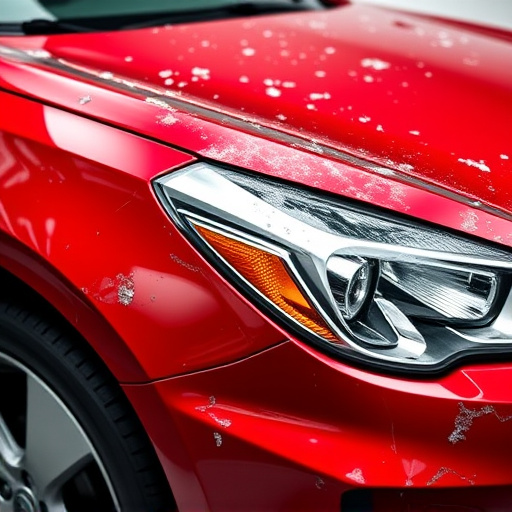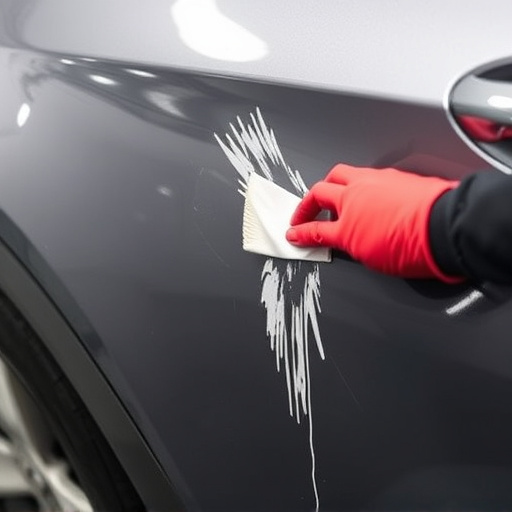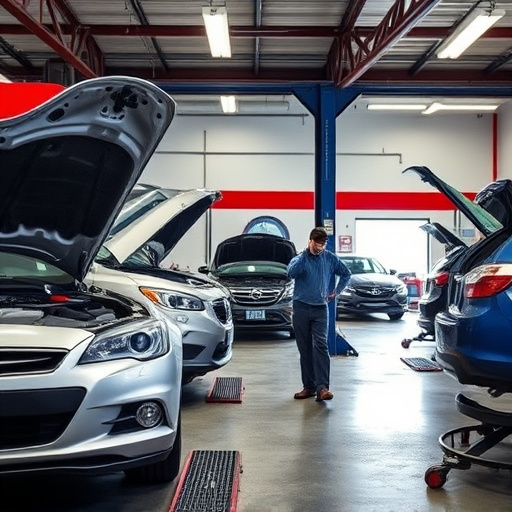Collision repair technicians rely on a blend of technical skill and knowledge to master modern tools and equipment for car restoration and dent repair. This includes manual and power tools, CAD software, robotic welding systems, and advanced paint matching techniques. They must stay abreast of industry standards, safety protocols, and environmental considerations. By continuously learning and adopting new technologies, these technicians ensure high-quality work, expediting repair times, and meeting customer expectations in the evolving field of collision repair.
Collision repair technicians are the unsung heroes who bring damaged vehicles back to their former glory. To excel in this field, they must possess a multifaceted skill set encompassing technical proficiency, material expertise, and unwavering safety protocols. This article delves into the key areas that define a master collision repair technician, including the mastery of tools and equipment, profound knowledge of vehicle structures, and stringent adherence to quality assurance standards – all vital for their success in this dynamic industry.
- Technical Proficiency in Collision Repair Tools and Equipment
- – Overview of essential tools used by collision repair technicians
- – Importance of staying updated with new technology and equipment
Technical Proficiency in Collision Repair Tools and Equipment
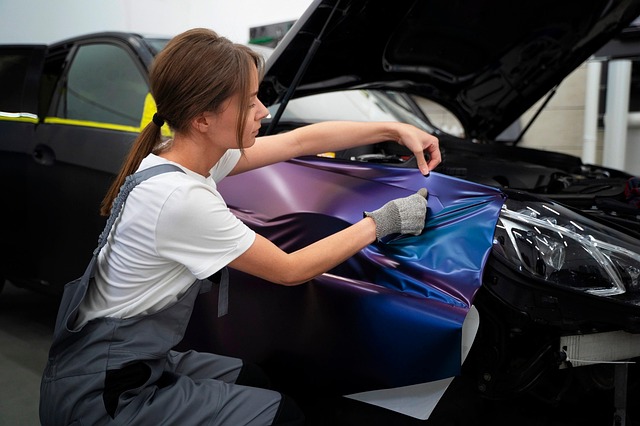
Collision repair technicians need to possess a deep understanding and technical proficiency when it comes to using various tools and equipment for car restoration and auto dent repair. They must be adept at handling both manual and power tools, ensuring precision and efficiency in their work. This includes knowledge of cutting-edge technology used in modern collision repair shops, such as computer-aided design (CAD) software, robotic welding systems, and advanced paint matching techniques for car paint repair.
The ability to operate these tools effectively is crucial for achieving high-quality results, minimizing repair times, and ensuring customer satisfaction. Collision repair technicians should also stay updated with the latest industry standards and safety protocols related to tool usage, as well as the environmental impact of their work, particularly in handling hazardous materials commonly found in auto dent repair processes.
– Overview of essential tools used by collision repair technicians
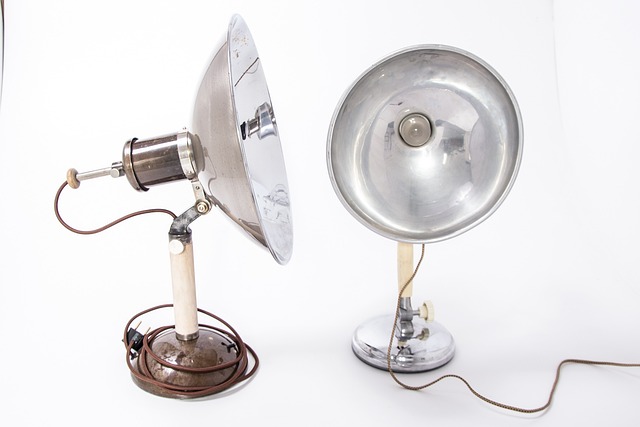
Collision repair technicians rely on a comprehensive set of tools to perform their intricate work. Essential tools include specialized hammers and dolly sets for safe vehicle disassembly and assembly, as well as precision cutting and grinding equipment to precisely remove damaged panels while preserving the car’s structural integrity.
In addition, these professionals utilize a range of power tools like welding machines, riveters, and impact wrenches for fastening and joining parts. For accurate measurements and seamless finishes, they also depend on hand tools such as tape measures, screwdrivers, and sanders. Moreover, advanced technologies like computer-aided design (CAD) software and robotic systems are increasingly employed in modern car body shops to enhance precision, streamline processes, and support collision repair technicians in their efforts to restore vehicles to pre-accident condition, focusing on both structural integrity and cosmetic perfection for a seamless car scratch repair or more extensive vehicle body shop repairs.
– Importance of staying updated with new technology and equipment

In the dynamic field of collision repair, collision repair technicians must embrace a commitment to continuous learning and adaptation. The industry’s rapid evolution demands that these professionals stay updated with the latest technological advancements and equipment. Newer tools often boast enhanced precision, faster repair times, and improved safety features—all vital aspects in the intricate process of auto body shop repairs. Keeping abreast of these innovations ensures collision repair technicians can deliver top-notch work, maintain high standards of quality, and satisfy the evolving needs of customers seeking auto maintenance.
Moreover, staying current with technology enables technicians to troubleshoot complex issues more effectively, reduce downtime, and minimize costly mistakes. As vehicles become increasingly sophisticated with advanced systems and materials, the ability to adapt and integrate new technologies is essential for collision repair technicians. This continuous learning journey keeps them at the forefront of the vehicle bodywork industry, ensuring they provide efficient, safe, and reliable repairs.
Collision repair technicians require a multifaceted skill set to excel in their field. Technical proficiency, coupled with an understanding of the latest tools and equipment, is essential for delivering high-quality repairs. Staying abreast of technological advancements ensures that these professionals can effectively navigate the ever-evolving landscape of collision repair, providing superior service and ensuring customer satisfaction. By mastering these key areas of expertise, collision repair technicians position themselves as indispensable assets in the automotive industry.
